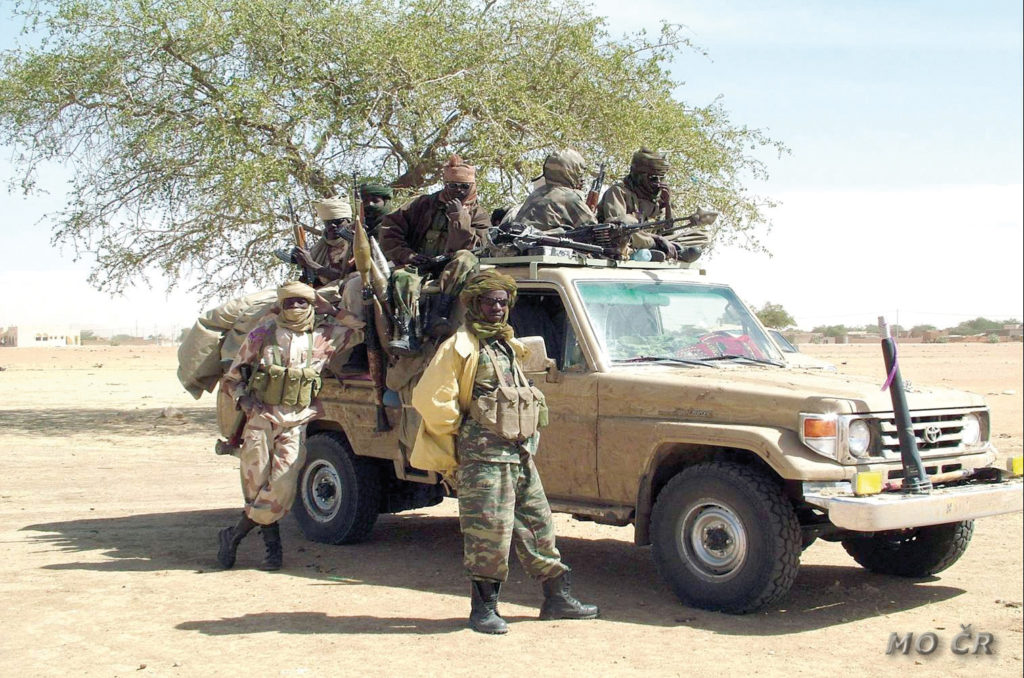The conflict known as the Toyota War, or the Great Toyota War, unfolded in 1987 in Northern Chad and along the Chad–Libya border. This pivotal chapter marked the concluding phase of the Chadian–Libyan conflict. The conflict derived its name from the prominent use of Toyota pickup trucks, particularly the Toyota Hilux and the Toyota Land Cruiser, which provided crucial mobility for Chadian troops, serving as their primary vehicles in the battle against the Libyans, often converted into technicals.
In the aftermath of the 1987 war, Libya suffered a resounding defeat, with American sources estimating the loss of a significant portion of its military forces. Approximately 7,500 Libyan soldiers were killed, and an estimated US$1.5 billion worth of military equipment was either destroyed or captured. In stark contrast, Chadian forces endured far fewer casualties, with approximately 1,000 deaths.
The origins of this conflict trace back to 1983 when Libya, under the leadership of Muammar Gaddafi, disregarded the legitimacy of Chad’s President Hissène Habré. Gaddafi actively supported the Transitional Government of National Unity (GUNT), an opposition faction attempting to overthrow Habré’s government. However, France intervened through Operation Manta and later Operation Epervier, successfully curtailing Libyan expansion to the northern region of Chad, characterized by its arid and sparsely populated terrain.
By 1986, the GUNT rebelled against Gaddafi, thereby stripping Libya of its primary justification for its military presence in Chad. Habré seized this opportunity to unite Chad behind him and ordered his forces to advance beyond the 16th parallel to join forces with the GUNT rebels, who were engaged in combat against the Libyans in the Tibesti region in December. A few weeks later, a larger Chadian force launched an assault on Fada, effectively dismantling the local Libyan garrison. Over the course of three months, employing a blend of guerrilla tactics and conventional warfare within a coherent strategy, Habré successfully reclaimed control of nearly all of northern Chad. Subsequently, in the ensuing months, he inflicted additional substantial losses on the Libyan forces until a ceasefire agreement was signed in September, officially ending the conflict.
However, the ceasefire left unresolved the issue of the disputed Aouzou Strip, which was eventually adjudicated in favor of Chad by the International Court of Justice in 1994.
*The views and opinions expressed on this website are solely those of the original authors and contributors. These views and opinions do not necessarily represent those of Spotter Up Magazine, the administrative staff, and/or any/all contributors to this site.


